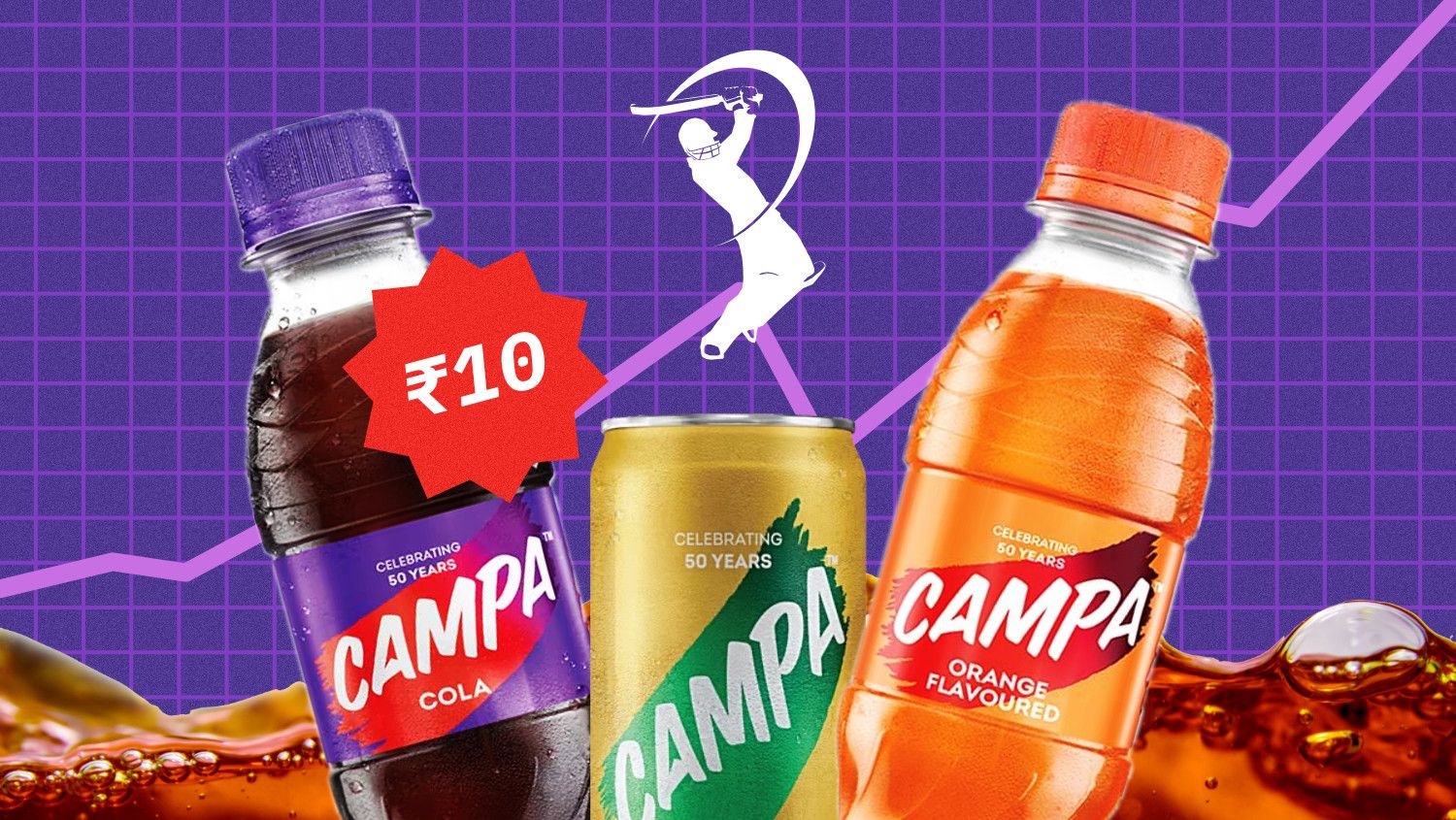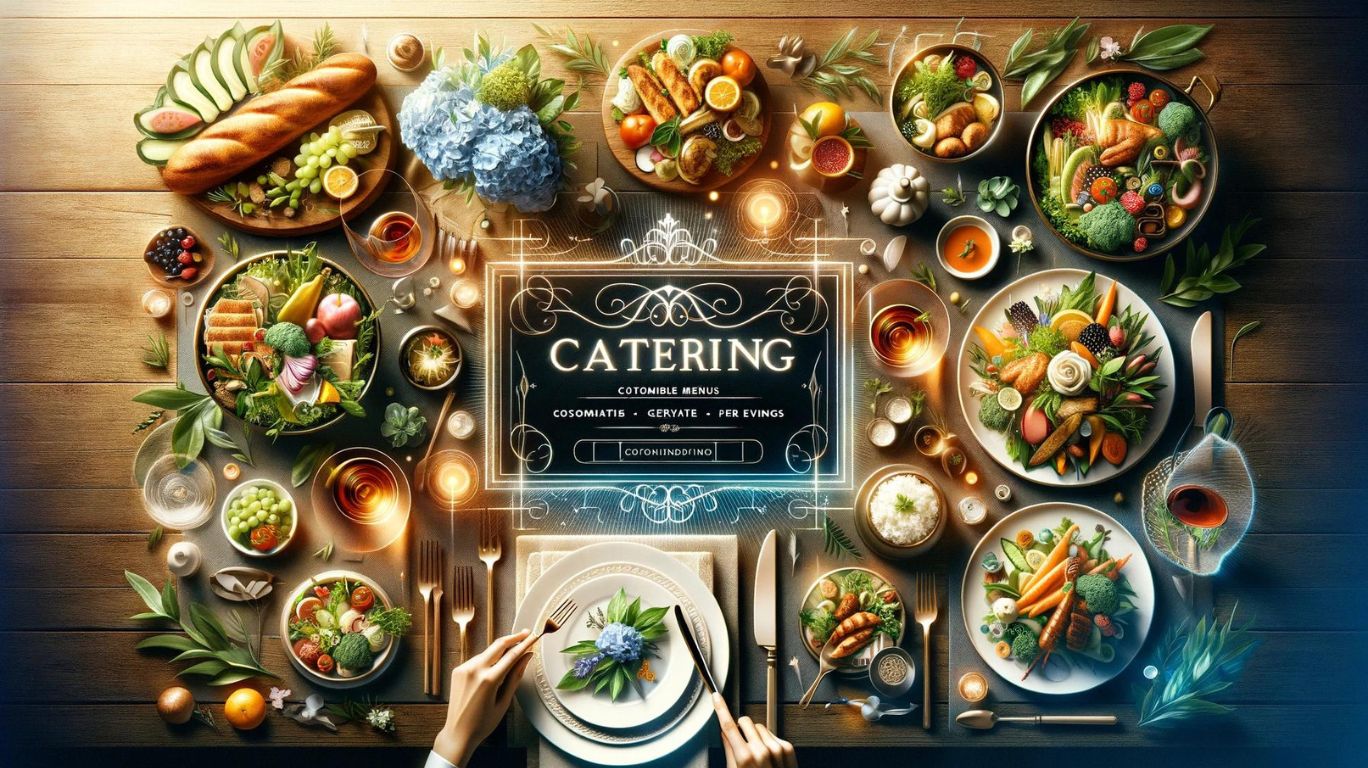New Study Sheds Light on the Biggest Pet Food Safety Mistakes
[ad_1]
The Food and Drug Administration (Fda) has in depth suggestions on how to securely handle pet food—but new exploration published in the journal Plos Just one has found that much less than 5% of pet house owners are conscious of these procedures.
For the research, veterinary nutritionists at the North Carolina Condition University Higher education of Veterinary Drugs surveyed 417 dog proprietors. The researchers headed to the properties of these pet proprietors and gathered and recorded info on their pet-feeding and hygiene practices. They swabbed 68 puppy foods bowls following the entrepreneurs were being randomly placed into groups. Each and every group was assigned sure guidelines to observe for a week and then presented a observe-up study.
Team A was instructed to comply with the FDA’s pet-foods safety suggestions (precisely, washing their fingers just before and after handling pet food stuff, not working with the dog food stuff bowl as a food stuff scooper, washing the bowl and the scooping utensils with soap and drinking water after every single use, discarding uneaten meals, and storing pet food thoroughly) Group B was produced mindful of the FDA’s pointers and was questioned to stick to more hygiene guidance (these kinds of as how to correctly wash their hands and the pet-food items dishes) Team C was not given any pet-foodstuff or bowl managing basic safety steering.
The scientists uncovered that the pet-foodstuff bowls from Teams A and B confirmed a noticeably decreased presence of micro organism. But they had other attention-grabbing findings, particularly when it comes to cleanliness. All round, even although two groups were offered safety guidance, there ended up “overall very low concentrations of compliance,” the study authors notice. Just 34% of the pet owners washed their hands after feeding their canines, and 33% also organized their dogs’ food stuff on the similar floor made use of for their own food planning. Close to 22% washed their dogs’ dishes only the moment a 7 days (when compared to the 12% who washed their dishes day by day)—and 18% reported washing their dog dishes every a few months (or not at all).
The Food and drug administration has taken a strong stance on uncooked pet foodstuff, in specific, stating that it “poses considerable wellness threats to pets and pet homeowners.” But any style of pet food stuff, together with treats, can be likely contaminated with unsafe micro organism, these as salmonella and listeria, which can guide to foodborne diseases. Each of these pathogens are frequent triggers of bacterial infections that can set off disagreeable signs and symptoms like diarrhea, fever, tummy cramps or suffering, nausea, and a lot more. These symptoms can be extra serious and perhaps lead to troubles in all those who are regarded as superior-possibility, such as pregnant people, small children, older people more than the age of 65, and persons with weakened immune devices.
“There have been multiple outbreaks of equally people and canine getting unwell following publicity to pet foodstuff contaminated with pathogenic microorganisms,” the study authors publish. “These challenges may be amplified in households with small children and/or immunocompromised people today, which ended up over a 3rd of respondents’ households.”
Related: 9 of the Finest Pet Meals Makes Obtainable, In accordance to Vets
Which is why the Fda recommends that pet house owners observe these security safeguards when working with pet food:
- Acquire pet food stuff cans or bags that are in fantastic problem, meaning they have no visible tears, dents, or discolorations.
- Retailer dry pet foodstuff in a amazing and dry put in its authentic bag or container, which must be tightly sealed.
- Toss out unused canned or pouched pet foods. If you are saving canned or pouched pet food items as leftovers, be guaranteed the container is tightly protected and put in a fridge that is set to 40 levels Fahrenheit or decrease.
- Wash your palms for 20 seconds with soap and warm drinking water just before and immediately after dealing with pet food (this contains treats).
- Clean pet-foodstuff bowls and involved utensils with cleaning soap and water prior to and immediately after just about every meal. Do not use your pet-food items bowl to scoop up the food items prior to a meal—use a thoroughly clean scooper that is specified for pet foodstuff only.
- Discard aged or spoiled food in a secure way by placing it in a securely tied bag in a included trash can.
[ad_2]
Source link







